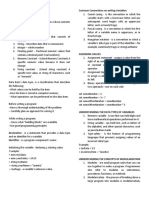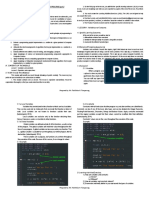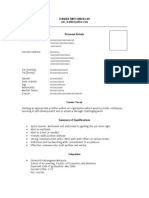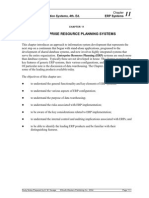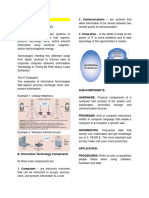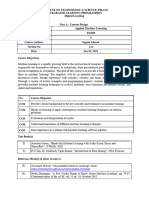0% found this document useful (0 votes)
81 views71 pagesM4. Variabel Pada Processing
The document discusses variables in Processing programming. It defines a variable as a named pointer to a location in memory where data is stored. Variables allow programmers to save and refer back to information throughout a program. Variables must be declared with a type and name, and can then be initialized with a value. Built-in variables like mouseX and width are also available in Processing. The random() function generates random numbers and can be used to vary variable values each time through draw(), resulting in randomized output.
Uploaded by
Immanuel PaternuCopyright
© © All Rights Reserved
We take content rights seriously. If you suspect this is your content, claim it here.
Available Formats
Download as PDF, TXT or read online on Scribd
0% found this document useful (0 votes)
81 views71 pagesM4. Variabel Pada Processing
The document discusses variables in Processing programming. It defines a variable as a named pointer to a location in memory where data is stored. Variables allow programmers to save and refer back to information throughout a program. Variables must be declared with a type and name, and can then be initialized with a value. Built-in variables like mouseX and width are also available in Processing. The random() function generates random numbers and can be used to vary variable values each time through draw(), resulting in randomized output.
Uploaded by
Immanuel PaternuCopyright
© © All Rights Reserved
We take content rights seriously. If you suspect this is your content, claim it here.
Available Formats
Download as PDF, TXT or read online on Scribd
/ 71


























